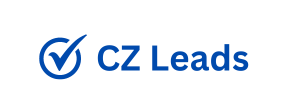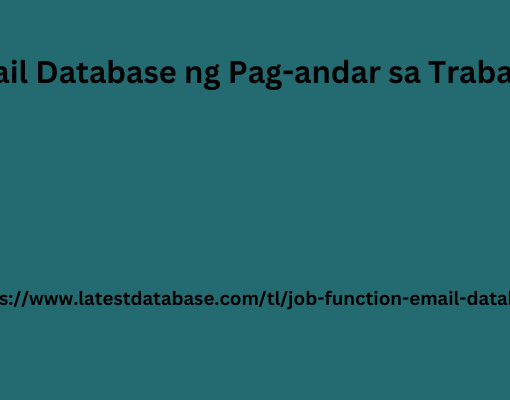Key indicators and evaluation methods to improve performance.
Maintaining an effective reporting channel is crucial to promoting transparency and integrity . However, it is not enough to simply have a reporting channel in place; it is vital to measure the effectiveness of your reporting channel to ensure it is fulfilling its purpose .
This article will discuss how you can evaluate and improve the performance of your whistleblowing channel using effective key performance indicators (KPIs) and evaluation methods . By tracking metrics such as the number of complaints received , the case resolution rate , and the level of whistleblower satisfaction , you will be able to identify areas for improvement and implement strategic adjustments to optimize the effectiveness of your whistleblowing channel . This contributes to maintaining a more transparent and trustworthy business environment. Where employees and stakeholders feel safe and empowered to report wrongdoing .
Key performance indicators (KPI) for the whistleblowing channel
Key performance indicators (KPIs) are essential metrics that will help you evaluate the effectiveness of your reporting channel. Here, we explore some of the most relevant KPIs.
Number of complaints received
The number of complaints received is a key indicator. This KPI gives you an idea of how much the channel is used by employees. A low number of complaints can indicate several issues, such as a lack of trust in the system, fear of retaliation, or a lack of awareness about the reporting channel.
Frequency of complaints: Analyzing whether there are periods with a higher number of complaints can reveal specific patterns of behavior or seasonal problems.
Diversity of complaints: Checking the variety of issues reported (harassment, fraud, discrimination) helps to understand which areas of the company need more attention.
Response and resolution time
Response and resolution time measures the efficiency of the complaint management process. This indicator is crucial because it reflects the organization’s ability to act quickly on complaints.
First Response Time: The time it takes from when a report is received until the first response is given. A fast response time indicates a smooth process and greater confidence in the system.
Resolution Time: The total amount of time it takes to investigate and close a case. An efficient resolution time shows that the company takes complaints seriously and works diligently to resolve them.
Effectiveness evaluation methods
How to measure the effectiveness of your reporting channel
To complement the KPIs, it is essential to implement evaluation methods that provide a more complete view of the performance of the reporting channel.
Being one of the more inexpensive digital marketing channels, email marketing ranks rather low for email data cost per acquisition-except when one can really leverage email data to optimize campaigns by targeting just the right audience.
Satisfaction surveys
Satisfaction surveys are powerful tools for measuring users’ perceptions and experiences tips for finding content ideas for your blog of the reporting channel. These surveys can provide valuable information on how to improve the system.
Ask employees about their experience using the reporting channel, including ease of use, perceived confidentiality, and satisfaction with resolution.
Confidence in the system: Evaluate the level of confidence that employees have in the reporting channel and the reporting process.
Internal audits
Internal audits are comprehensive assessments that can identify strengths and areas for improvement in the reporting channel.
Process review: Evaluate procedures for receiving, investigating and resolving complaints to ensure that best practices are followed.
Regulatory compliance : Verify that the reporting channel complies with legal regulations and the company’s internal policies.
Continuous improvement of the reporting channel
Continuous improvement is essential to maintaining the effectiveness of the reporting channel. Analyzing data and feedback regularly will allow you to identify areas for improvement and make necessary adjustments.
Data analysis and feedback
Are crucial to understanding how the reporting channel works and what changes might be necessary.
Data Trends: Analyze KPI trends over time to identify significant patterns or changes.
Employee Feedback: Use feedback from satisfaction surveys to make targeted adjustments to improve the user experience.
Implementation of improvements
How to measure the effectiveness of your reporting channel
Implementing improvements based on the data and feedback collected is essential for the evolution of the reporting channel.
Additional training: Provide ongoing training to employees on how to use the reporting channel and the importance of reporting inappropriate behavior.
Policy Update: Review and update reporting policies to ensure they reflect best practices and comply with applicable regulations.
Technological improvements: Adopt new technologies that can improve the efficiency and confidentiality of the reporting channel.
Measuring the effectiveness of your reporting channel is an ongoing task that requires the use aero leads of key performance indicators (KPIs) , evaluation methods. And a focus on continuous improvement. By implementing these practices, you will not only be able to ensure that your reporting channel is working properly. But you will also foster an environment of transparency and trust within your organization. Remember that an effective reporting channel is a powerful tool to prevent and address inappropriate conduct, protecting both employees and the company .
Incorporate these strategies and watch your reporting channel become a pillar of integrity and security in your company. Measuring the effectiveness of the reporting channel , using the appropriate reporting channel indicators and conducting a regular reporting channel performance evaluation will allow you to maintain a robust and reliable system that benefits the entire organization.






